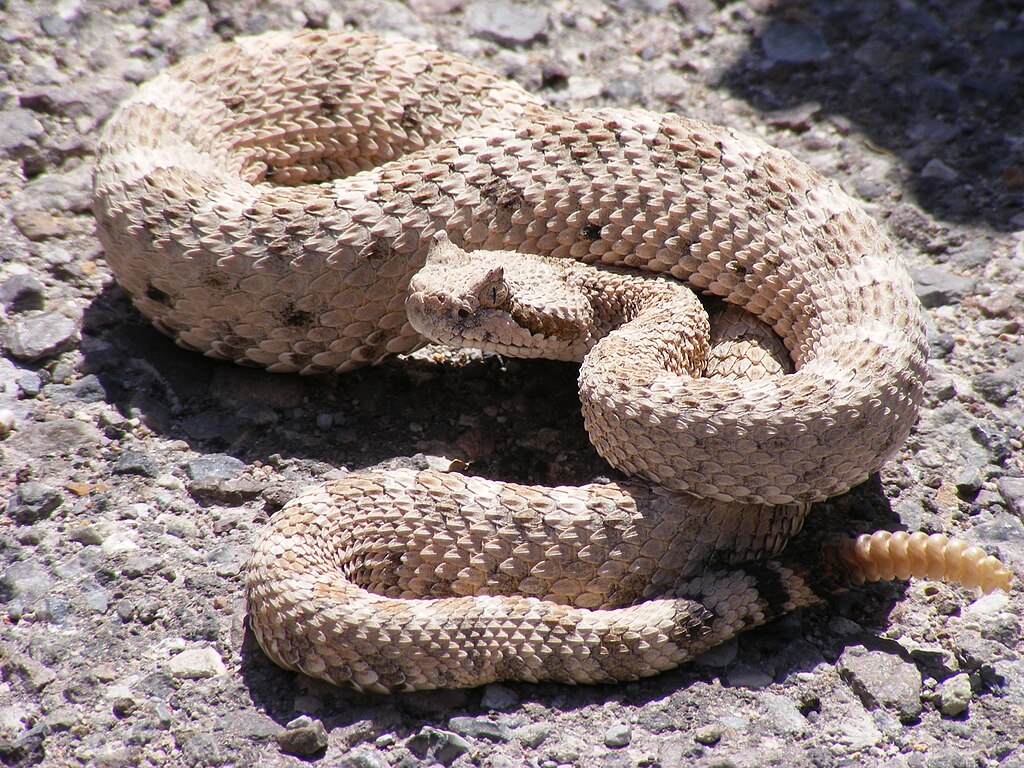Creating a captivating and functional habitat for your desert-dwelling snake is about more than just aesthetics—it’s essential for your reptile’s health, activity levels, and overall well-being. Desert snakes have evolved specific adaptations to thrive in arid environments, and replicating these conditions in captivity helps them display natural behaviors while reducing stress. From the right temperature gradients to appropriate substrate choices, a well-designed desert vivarium can transform your pet’s quality of life while creating a stunning display piece for your home. This comprehensive guide will walk you through everything you need to know to create the perfect slice of desert for your slithering companion.
Understanding Desert Snake Species and Their Natural Habitats
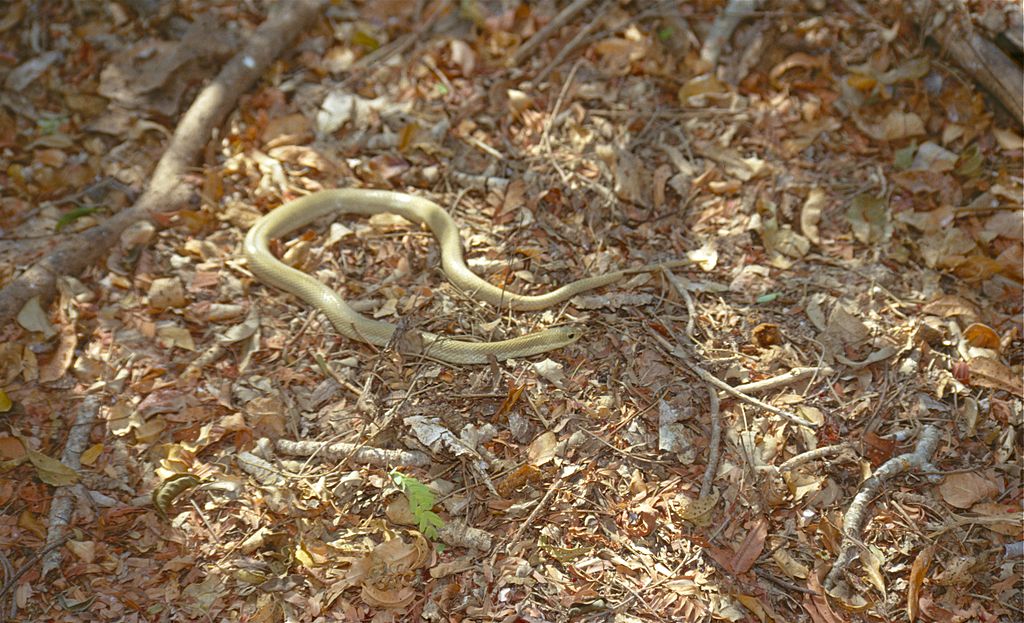
Different desert snake species originate from specific regions around the world, each with unique microhabitats that should inform your setup design. Sonoran Desert species like the Western Diamondback Rattlesnake experience different conditions than a Kenyan Sand Boa or an Australian Stimson’s Python. Research your specific snake species’ natural habitat, including typical temperatures, humidity levels, terrain features, and sheltering behaviors. Many desert snakes are crepuscular or nocturnal, spending daylight hours hidden under rocks or within burrows, only emerging during cooler periods. Understanding these behavioral patterns will help you create appropriate hiding spots, thermal gradients, and activity spaces that encourage natural behaviors in captivity.
Selecting the Right Enclosure Size and Type

The enclosure forms the foundation of your desert snake habitat, and choosing the right size and style is crucial for your pet’s well-being. As a general rule, the enclosure length should be at least two-thirds of your snake’s total length, with adequate width and height to allow for climbing and exploration depending on the species. Front-opening terrariums typically work best for desert species, as they retain heat better than screen-topped aquariums while providing easy access for maintenance. Glass enclosures with good ventilation offer excellent visibility and heat retention, though PVC enclosures have gained popularity for their superior insulation properties and lightweight design. Whichever style you choose, ensure it has secure locks to prevent escapes, as many desert species are notoriously skilled at pushing through loose-fitting lids.
Creating Proper Temperature Gradients
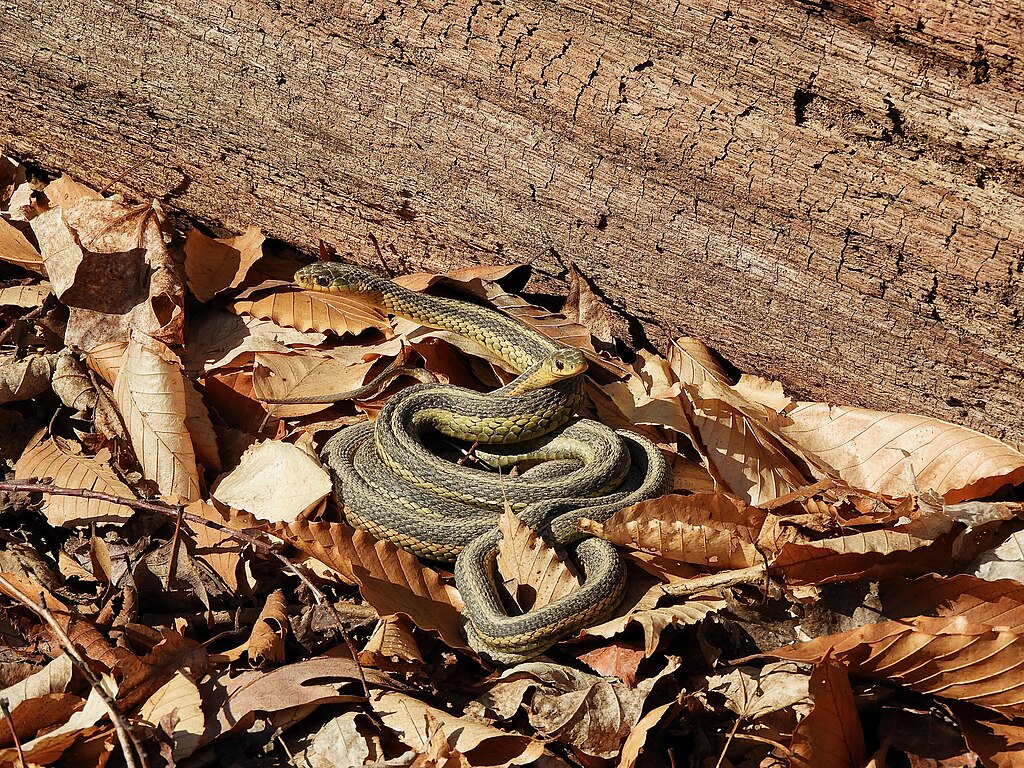
Temperature regulation is perhaps the most critical aspect of desert snake husbandry, as these animals rely on external heat sources to control their body temperature. Establish a thermal gradient across the enclosure with a warm side reaching 88-95°F (31-35°C) and a cooler side around 75-80°F (24-27°C), allowing your snake to thermoregulate by moving between areas. The basking spot, typically created using an overhead heat lamp or ceramic heat emitter, should reach the higher end of your species’ preferred temperature range. Nighttime temperatures can drop by 5-10°F, mimicking natural desert conditions where temperatures fall significantly after sunset. Always monitor temperatures using at least two thermometers placed at different ends of the enclosure, and consider using a thermostat to prevent overheating, which can quickly become fatal for reptiles.
Maintaining Appropriate Humidity Levels
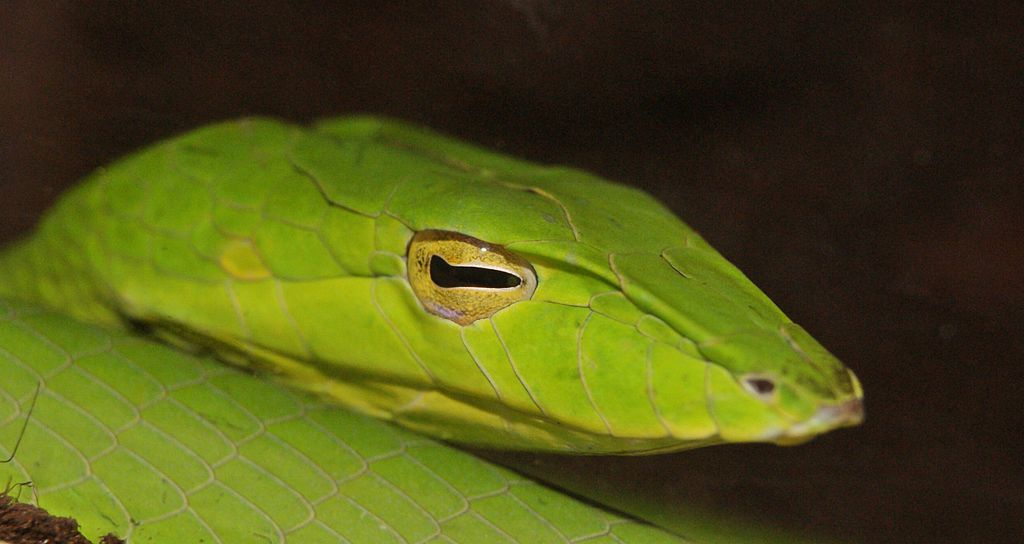
While desert snakes are adapted to arid conditions, they still require some humidity to thrive, particularly during shedding periods. Most desert species do well with ambient humidity levels between 30-40%, which can be measured using a digital hygrometer placed in the middle of the enclosure. Create a humidity gradient by placing a small water dish on the cool side of the habitat, allowing some moisture without raising the overall humidity too high. For shedding assistance, provide a humid hide box filled with damp sphagnum moss or paper towels, located on the warm side where your snake can retreat when needing extra moisture. Contrary to popular belief, even desert species need access to fresh water at all times, though a smaller water dish will help maintain lower humidity levels appropriate for desert conditions.
Choosing Desert-Appropriate Substrate
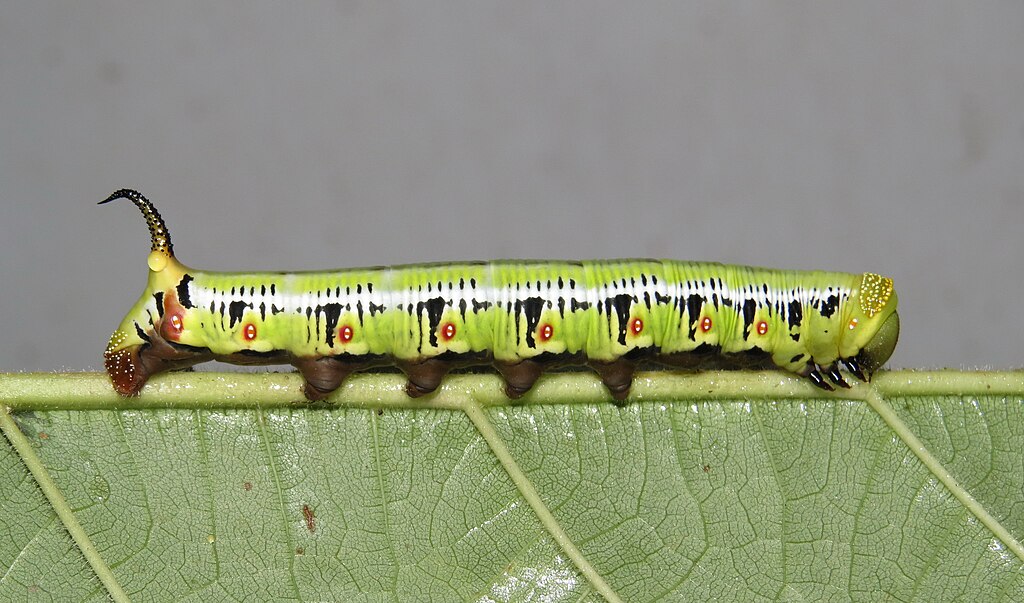
The right substrate not only mimics your snake’s natural habitat but also affects humidity levels, burrowing opportunities, and overall cleanliness. For most desert-dwelling species, a mixture of play sand and topsoil in a 50:50 ratio creates an ideal substrate that holds burrows while remaining relatively dust-free. Excavator clay, a specialized reptile substrate that can be molded when wet and hardens when dry, allows you to create permanent burrows and landscape features that won’t collapse. Avoid calcium sand, which can cause impaction if accidentally ingested, and cedar or pine shavings that release harmful aromatic oils. For easier maintenance, some keepers use reptile carpet or paper towels, though these don’t allow for natural burrowing behaviors and lack the aesthetic appeal of naturalistic substrates.
Incorporating Essential Hiding Spots
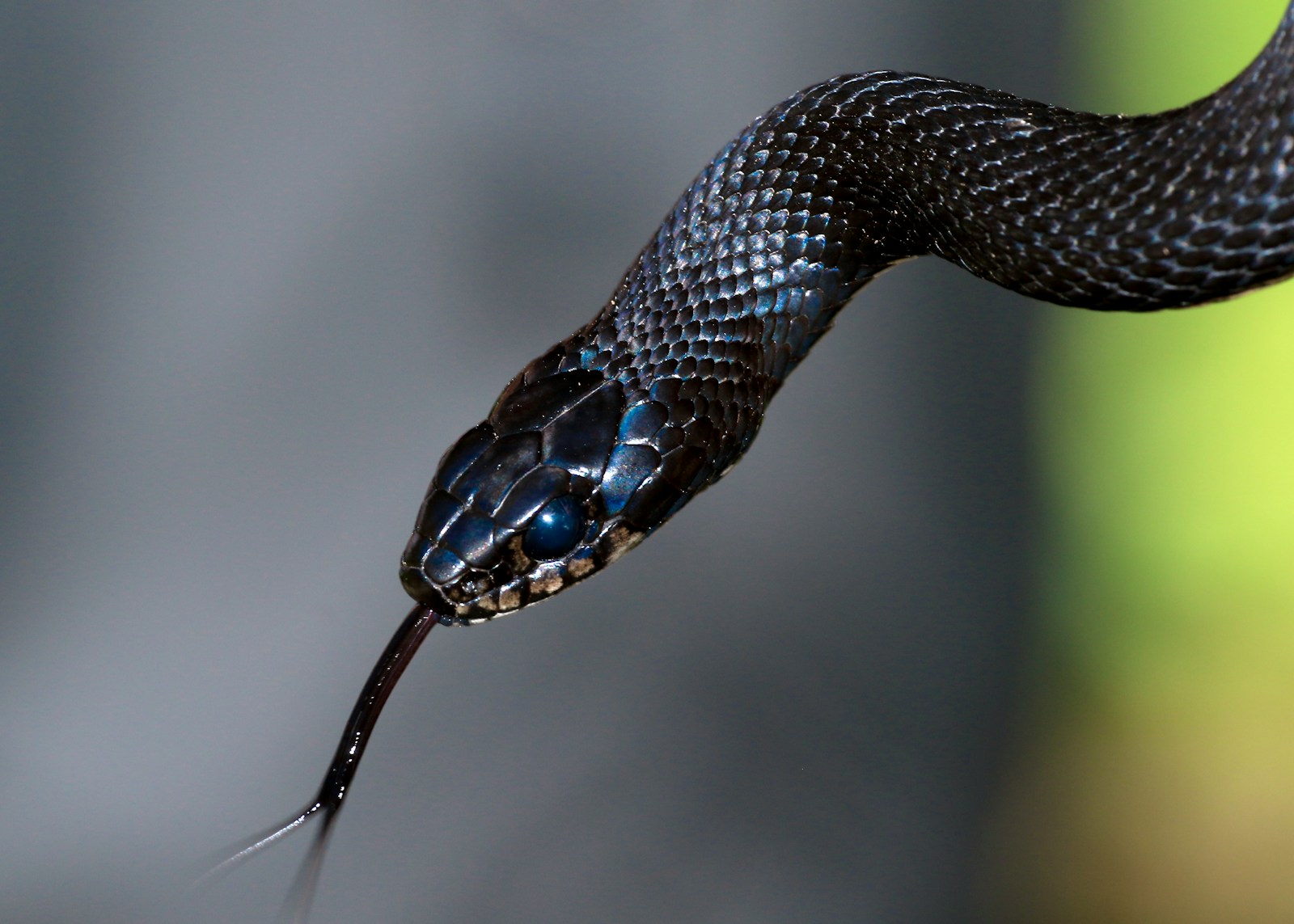
Desert snakes spend much of their time concealed, making appropriate hiding spots one of the most important elements in your setup. Provide at least two secure hides—one on the warm side and one on the cool side—allowing your snake to remain hidden while still regulating its body temperature. Commercially available reptile caves work well, as do natural cork flats, hollowed logs, or terra cotta pots turned on their sides and partially buried. For burrowing species like sand boas, ensure the substrate is deep enough (4-6 inches) to allow them to completely submerge themselves. The ideal hide should be snug but not tight, with an opening just large enough for your snake to enter and exit comfortably, creating the secure, enclosed feeling that reduces stress and promotes natural behavior.
Lighting Requirements for Desert Vivariums
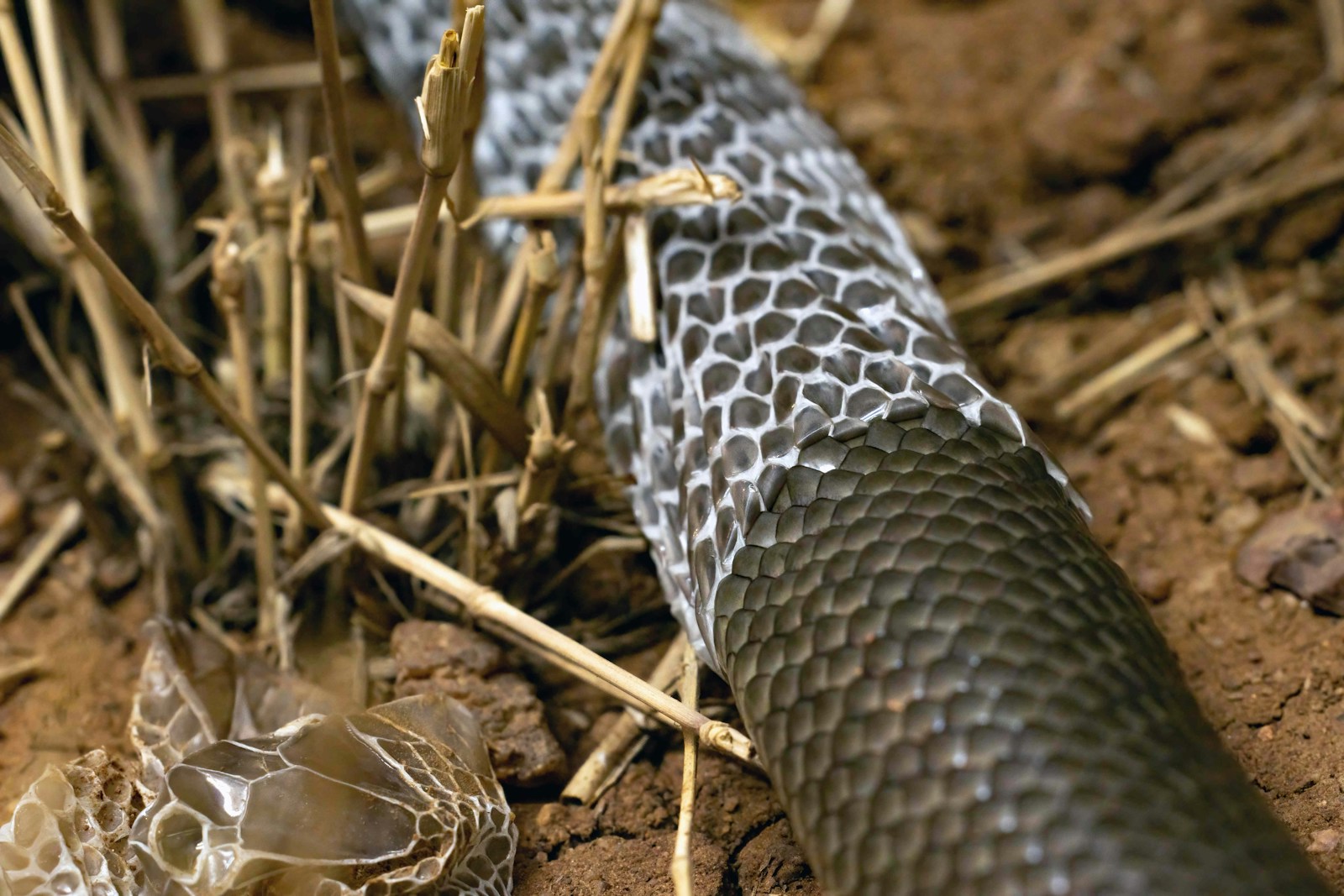
Proper lighting serves both functional and aesthetic purposes in a desert snake enclosure, contributing to the animal’s biological rhythms and overall health. While most desert snakes don’t require UVB lighting like diurnal lizards do, a low-output UVB bulb can still provide benefits, especially for species that occasionally bask in filtered sunlight in the wild. Establish a consistent day/night cycle of 12-14 hours of light followed by complete darkness, using a timer to maintain regularity. White LED strips or low-wattage halogen bulbs create excellent ambient lighting that showcases your vivarium’s features without producing excess heat. For nocturnal viewing, consider red or blue night bulbs, though complete darkness most closely mimics natural conditions and is preferable for your snake’s stress levels.
Adding Natural Enrichment Elements
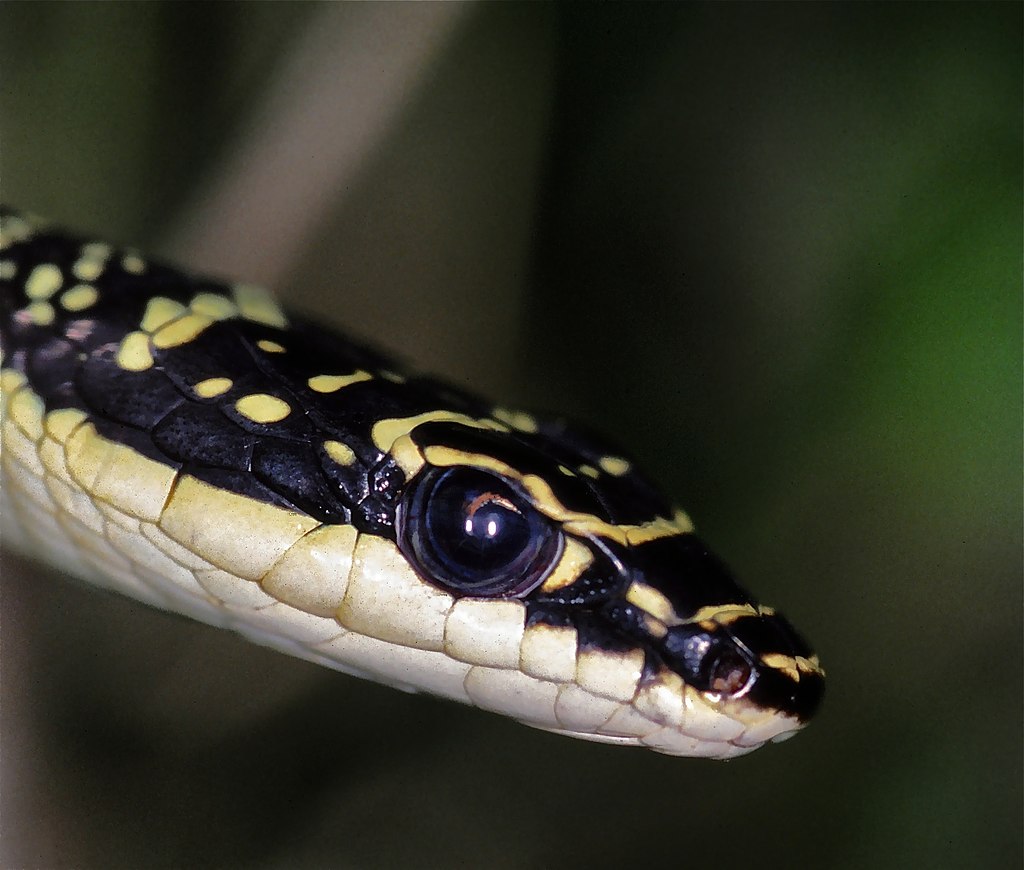
Environmental enrichment promotes natural behaviors and provides mental stimulation for your desert snake. Climbing branches, though not necessary for all desert species, offer excellent enrichment for more arboreal species like certain rat snakes that may climb desert vegetation. Flat rocks not only create basking surfaces that retain heat but also provide secure spaces for your snake to slide beneath. Half-buried pieces of sandstone or slate create natural-looking ledges and crevices that appeal to species that would shelter against rock faces in the wild. When arranging these elements, create a variety of microhabitats within the enclosure, including open areas for exploration, tight spaces for security, and different height levels for species that might occasionally climb.
Incorporating Desert Plants and Decorations
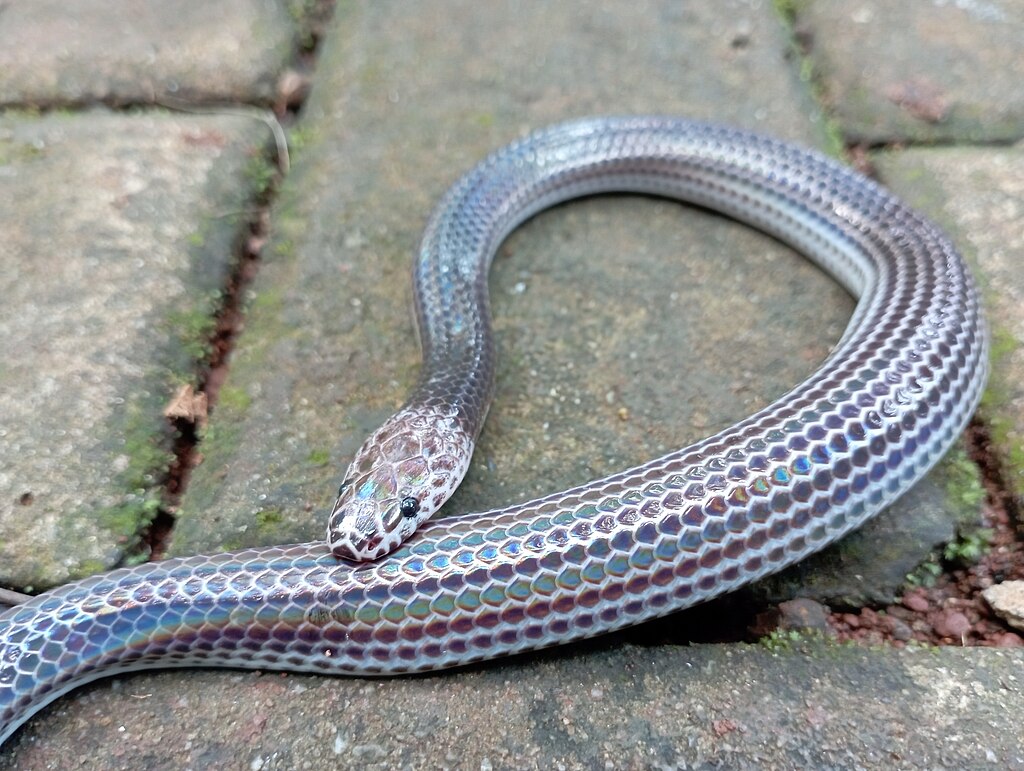
Live or artificial plants add both aesthetics and functional value to a desert vivarium, creating additional hiding spots and visual barriers that increase your snake’s sense of security. Drought-resistant succulents like Aloe, Haworthia, and certain Echeveria species can survive in the hot, dry conditions of desert setups, though they may require occasional removal for watering. Artificial succulents and desert plants provide a maintenance-free alternative that won’t be damaged by your snake’s movements. Desert-themed decorations like small pieces of sandstone, dried grasses, or sanitized animal skulls (available from reptile suppliers) create an authentic desert landscape while providing additional hiding and climbing opportunities. Before adding any new item to your enclosure, thoroughly sanitize it by baking (for rocks), soaking in a reptile-safe disinfectant, or pressure washing to remove potentially harmful bacteria or parasites.
Maintaining Proper Ventilation
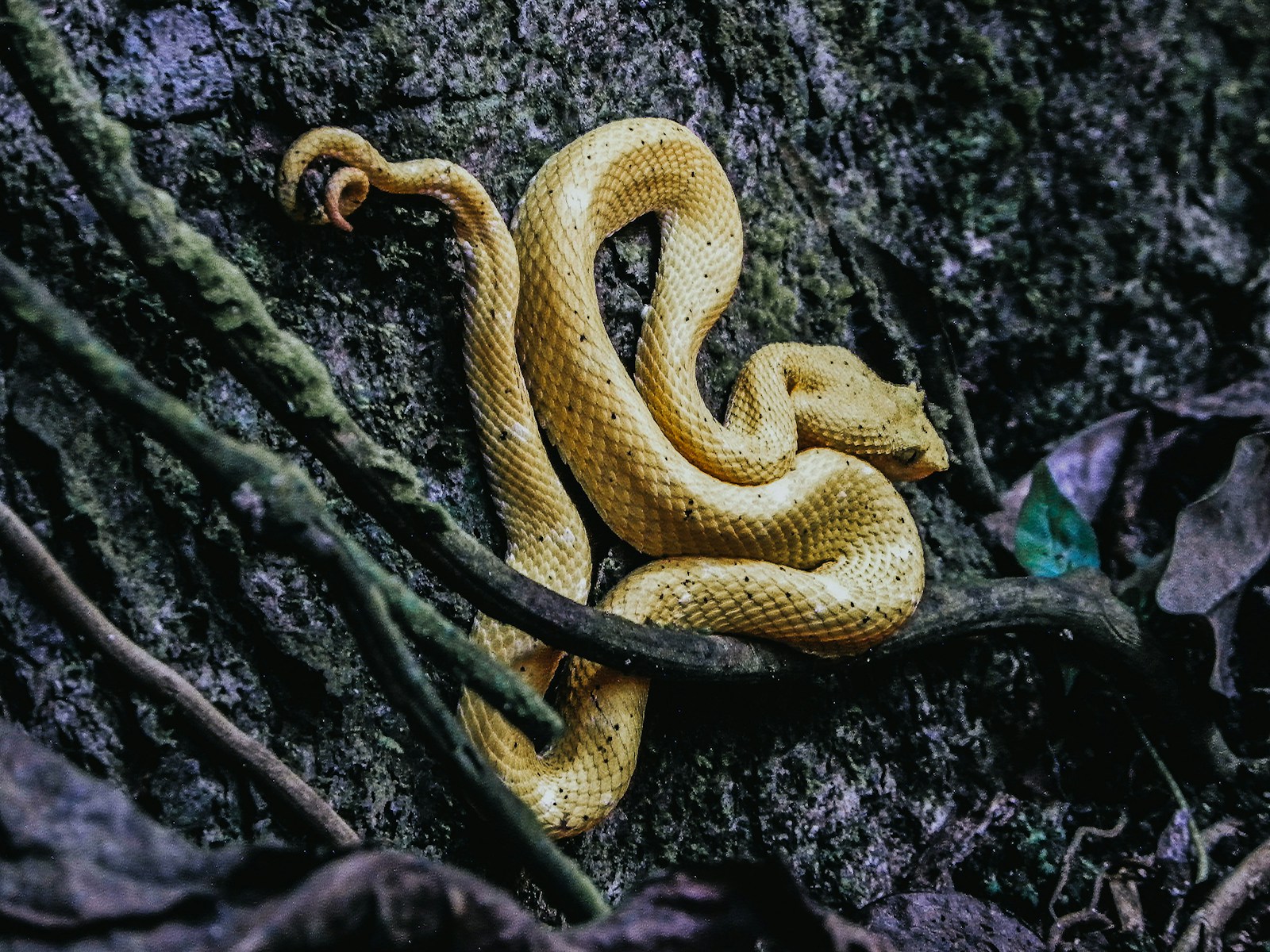
Adequate airflow prevents stagnant air and helps regulate both temperature and humidity in desert enclosures. Most commercial vivariums include built-in ventilation in the form of mesh panels or vented strips, but you may need to adjust these depending on your specific setup conditions. If humidity levels are consistently too high, increase ventilation by adding small computer fans or additional vent holes to promote air exchange. Conversely, if your enclosure struggles to maintain heat or humidity, you might need to partially cover some vents, particularly during winter months or in very dry climates. Proper air circulation also helps prevent the growth of mold and bacteria, especially in areas where moisture might accumulate around water dishes or humid hides.
Setting Up a Feeding Area
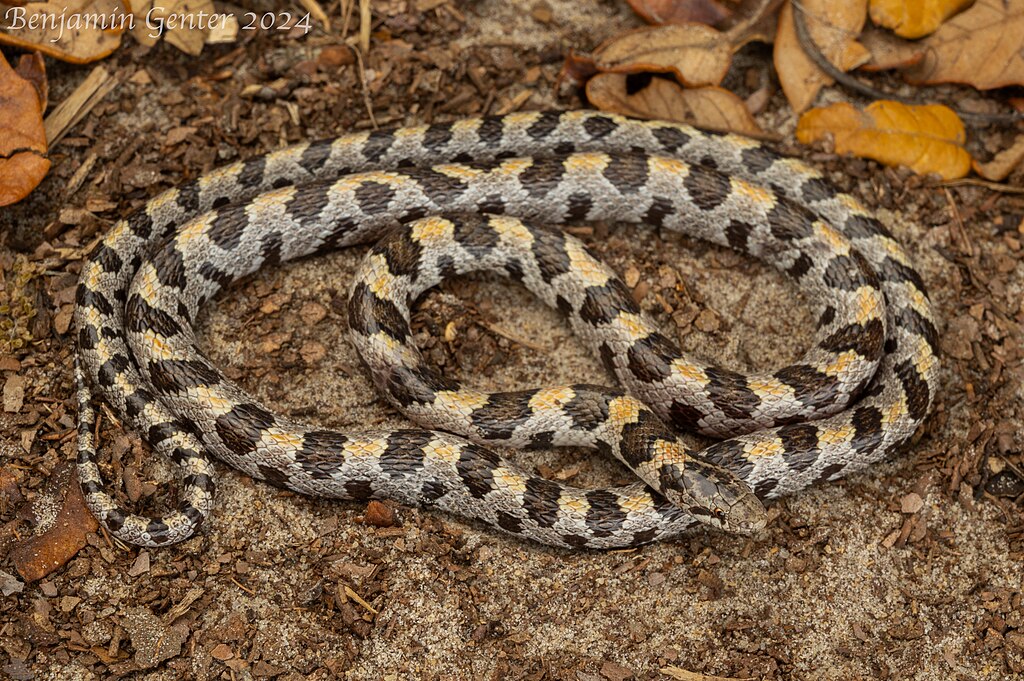
While not strictly necessary, designating a specific feeding area can help keep your desert setup clean and reduce the risk of substrate ingestion during feeding. Many keepers use a separate feeding container—a simple plastic tub with secure sides—where the snake can be placed during meals, though this additional handling may stress some individuals. Alternatively, you can feed directly in the enclosure using a flat feeding dish or plate that elevates the prey item above the substrate. For substrate-dwelling species that hunt by ambush, like sidewinders or sand vipers, allowing them to strike prey from their natural positions may better satisfy their hunting instincts. Regardless of your feeding method, always monitor to ensure your snake is successfully consuming its meals and not ingesting substrate, which could lead to impaction.
Regular Maintenance and Spot Cleaning
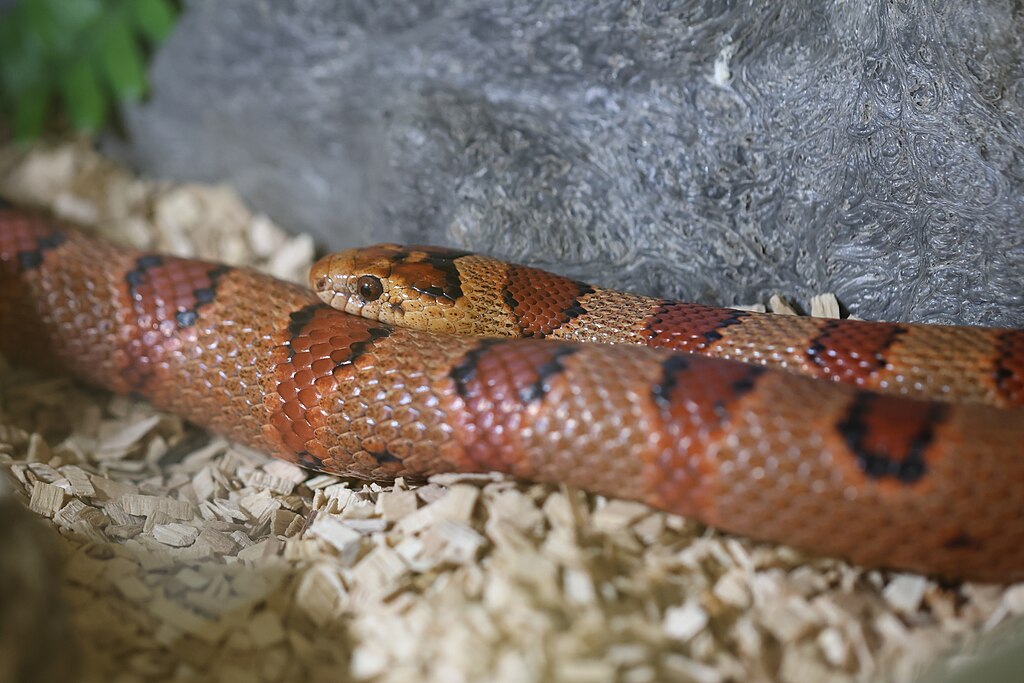
Maintaining a clean habitat is essential for your desert snake’s health and the longevity of your naturalistic setup. Spot-clean the enclosure daily, removing any waste, shed skin, or soiled substrate using a small scoop or reptile-safe cleaning wipes. Refresh the water dish daily, scrubbing it weekly with a reptile-safe disinfectant to prevent bacterial growth. For naturalistic setups with bioactive elements, isopods and springtails can help break down organic waste and maintain a cleaner environment with less human intervention. Perform a more thorough cleaning every 1-3 months, replacing about one-third of the substrate while leaving the rest undisturbed to preserve beneficial microbes and your snake’s scent territory.
Monitoring Health Through Habitat Observation
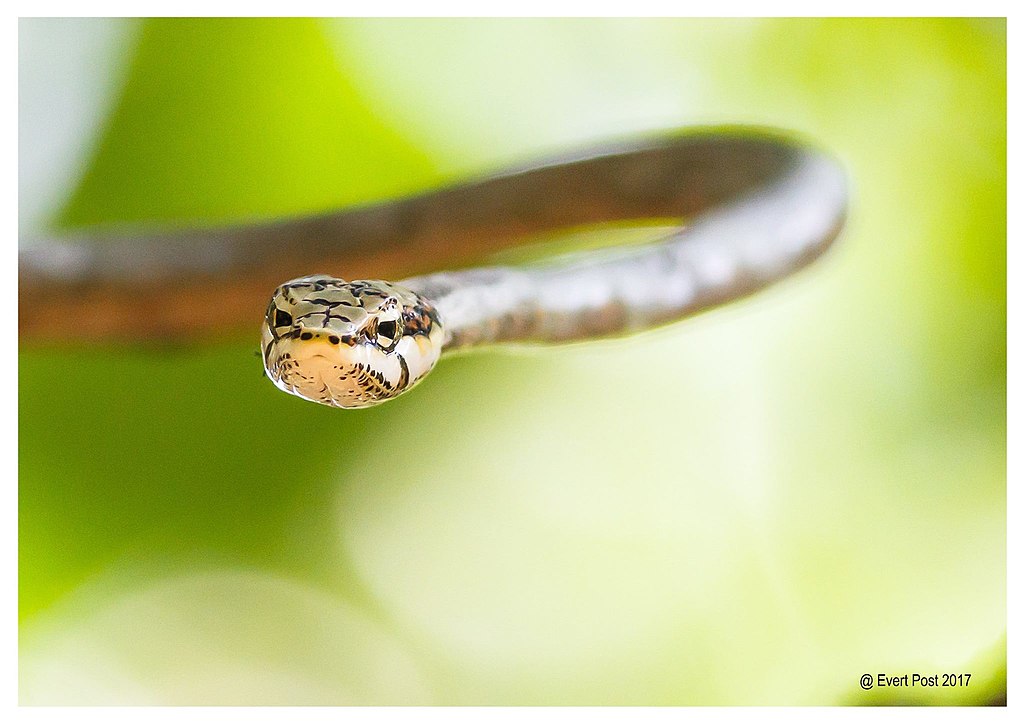
A well-designed desert habitat allows you to monitor your snake’s health by observing its behavior in a natural context. A healthy desert snake will utilize different areas of its enclosure at different times, moving between temperature zones as needed and regularly exploring its environment. Watch for normal behaviors like burrowing, climbing on provided structures, or soaking in the water dish, which indicate your setup is meeting your pet’s needs. Behavioral changes such as excessive hiding, constant soaking (outside of shedding periods), or glass surfing (repeatedly sliding along the glass walls) may indicate stress or health problems related to your habitat parameters. Regular weight checks, combined with habitat observations, provide the most complete picture of your desert snake’s health and well-being over time.
Considering Bioactive Desert Setups
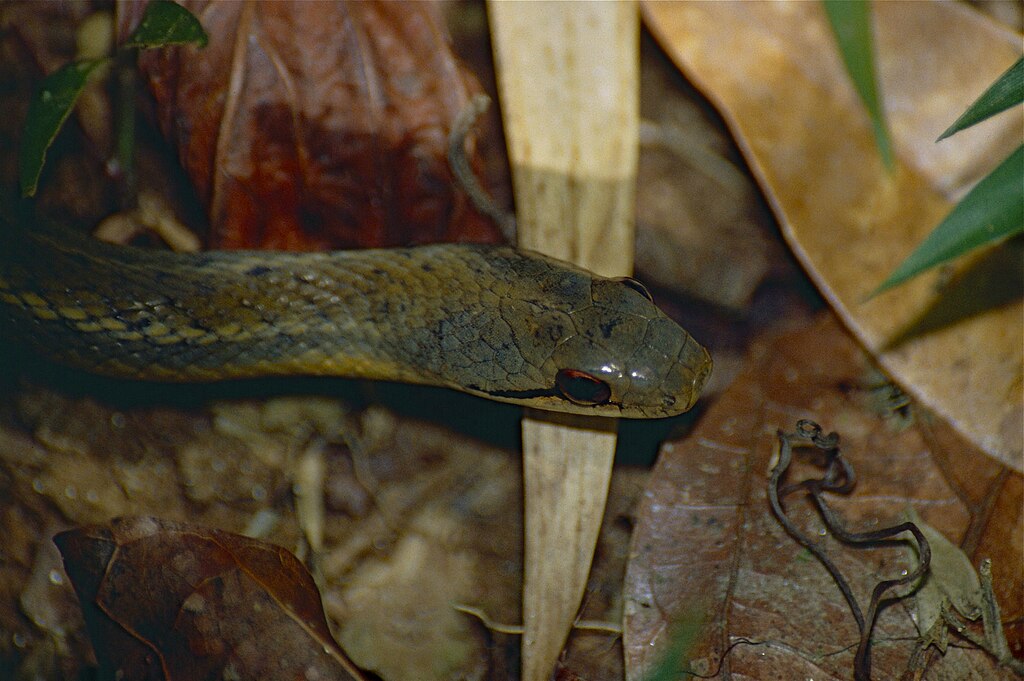
Advanced keepers might consider creating a bioactive desert vivarium, which incorporates living organisms that help maintain the ecosystem naturally. A properly established bioactive desert setup includes beneficial microbes in the substrate, alongside detritivores like desert-adapted isopods and springtails that consume waste and prevent mold growth. Desert millipedes and certain species of darkling beetles can also contribute to the ecosystem, breaking down organic matter while adding movement and interest to the display. Plant choices for bioactive desert setups should focus on drought-tolerant species like small air plants, certain sedums, and desert-adapted grasses that can withstand the hot, dry conditions and occasional disturbance from your snake’s movements. While requiring more initial setup time and expense, bioactive enclosures often result in less long-term maintenance and a more naturalistic environment for your desert snake.
Conclusion

Creating a naturalistic desert setup for your snake goes beyond mere aesthetics—it’s about crafting an environment that supports your reptile’s physical health and behavioral needs. By carefully considering elements like proper temperature gradients, appropriate substrate, strategic hiding places, and enrichment features, you can create a slice of desert that allows your snake to thrive in captivity. Remember that habitat design should always prioritize your specific species’ requirements, which may differ from general guidelines. With careful observation and willingness to make adjustments, you’ll develop a beautiful, functional vivarium that benefits both you and your desert-dwelling companion for years to come.

